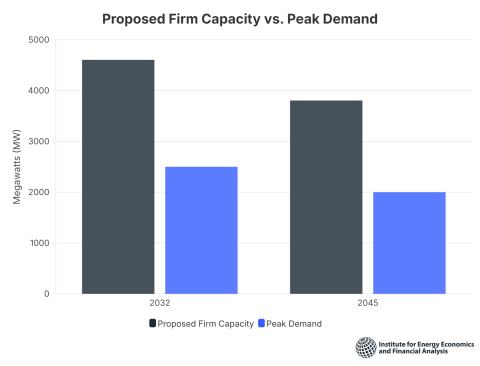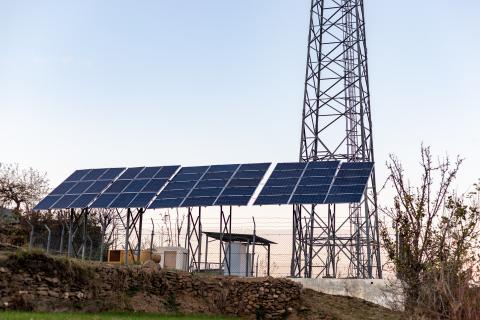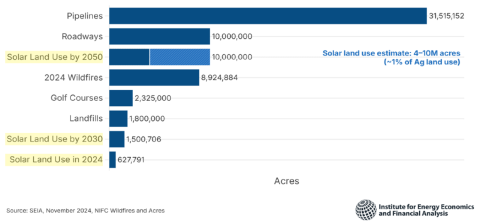High-risk carbon-capture deal is not in New Mexico city’s best interest
Download Full Report
Key Findings
Enchant Energy’s proposal directly contradicts the 2017 integrated resource plan prepared by Farmington’s municipal utility and subsequently adopted by the city council.
The City of Farmington owns just under 8.5% of Unit 4 at the San Juan Generating Station, providing it with 43 megawatts of capacity. This, in turn, represents about a third of the city’s owned generation capacity.
The CCS project promoted by Enchant Energy is not the lowest-cost solution going forward. Nor is it flexible. Rather, the Enchant Energy plan appears at its heart to be a scheme to provide its proponents with short-term DOE research subsidies.
Executive Summary
On Aug. 13 in a closed-door session, the City Council of Farmington, N.M., will consider a questionable proposal from Enchant Energy Corp. to partner with the municipal government in a deal to take over the failing San Juan Generating Station.
Enchant purports to be offering a way to profitably retrofit the aging coal-fired power plant with carbon-capture technology under a business model that would depend on selling carbon dioxide (CO2) emissions for enhanced oil recovery (EOR) in the distant Permian Basin.
It is not a viable proposition. This brief highlights three of many issues the deal raises:
- It would be a hard reversal of established Farmington policy that calls for modernization of how the city’s utility produces electricity;
- It would depend on sales of C02 via pipeline that lack market support and that are freighted with regulatory hurdles; and
- It would leave Farmington exposed to long-term plant-ownership liabilities and brand it a potential credit risk, as well as turning it into an outlier on local, regional, and national trends in electricity generation.
IEEFA believes the City of Farmington would do well instead to acknowledge and follow more sensible regional business transition examples as seen in the Navajo Nation’s refusal to take on high-risk ownership of Navajo Generating Station; Public Service Company of New Mexico’s stated aims to modernize generally statewide and specifically in northwestern New Mexico; and Kit Carson Electric Cooperative’s success at transitioning from coal to solar while keeping costs under control.
Press release: IEEFA update: High-risk carbon capture deal not in New Mexico city’s best interest
Please view full report PDF for references and sources.














